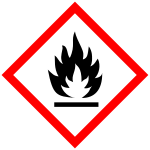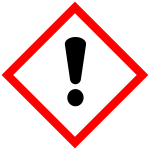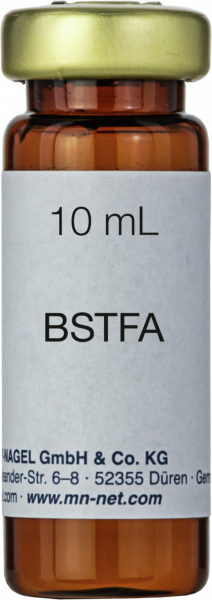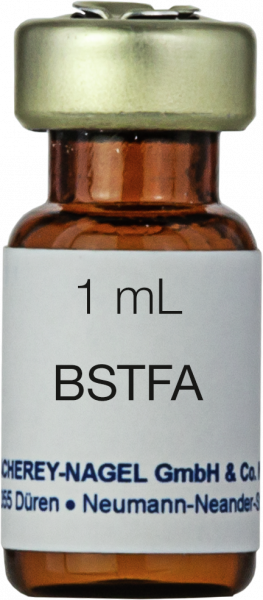Cookie preferences
This website uses cookies, which are necessary for the technical operation of the website and are always set. Other cookies, which increase the comfort when using this website, are used for direct advertising or to facilitate interaction with other websites and social networks, are only set with your consent.
Configuration
Technically required
These cookies are necessary for the basic functions of the shop.
"Allow all cookies" cookie
"Decline all cookies" cookie
CSRF token
Cookie preferences
Currency change
Customer recognition
Customer-specific caching
Individual prices
Region preferences
Selected shop
Session
Comfort functions
These cookies are used to make the shopping experience even more appealing, for example for the recognition of the visitor.
Note
Derivatization reagents for GC, silylation, BSTFA
Product configuration
Do you have any questions?
Please contact us. Select variant first $0.00 * (0% Saved)
*taxes and shipping not included
Item number: 701220.110 027030385010
Package unit 1 Pack(s) BSTFA is a silylation reagent for silylating fatty acid amides, hindered hydroxyls and other... more
BSTFA is a silylation reagent for silylating fatty acid amides, hindered hydroxyls and other compounds, which are difficult to silylate (like secondary alcohols and amines). These products contain harmful substances which must be specially labeled as hazardous. For detailed information please see SDS.
| Selling unit | 1x10 mL, 5x10 mL, 20x1 mL |
| Method | Gas chromatography (GC), derivatization |
| Composition | N,O-bis-trimethylsilyl-trifluoroacetamide (BSTFA) |
| Derivatization type | Silylation |
| Recommended application(s) | Amines, Derivatization, Fatty acid amides, Hindered hydroxyls, Secondary alcohols |
| Storage temperature | 2–8 °C / 36–46 °F |
| Hazardous material | Yes |


WARNING
H226 Flammable liquid and vapour.H315 Causes skin irritation.H319 Causes serious eye irritation.
P210 Keep away from heat/sparks/open flames/hot surfaces. No smoking.P233 Keep container tightly closed.P240 Ground/bond container and receiving equipment.P241 Use explosion-proof [electrical/ventilating/lighting] equipment.P242 Use non-sparking tools.P243 Take precautionary measures against static discharge.P264 Wash hands thoroughly after handling.P264 Wash hands thoroughly after handling.P280 Wear protective gloves/protective clothing/eye protection/face protection.P280sh Wear protective gloves/eye protection.P280sh Wear protective gloves/eye protection.P302+352 IF ON SKIN: Wash with plenty of water.P303+361+353 IF ON SKIN (or hair): Take off immediately all contaminated clothing. Rinse skin with water [or shower].P305+351+338 IF IN EYES: Rinse cautiously with water for several minutes. Remove contact lenses, if present and easy to do. Continue rinsing.P332+313 If skin irritation occurs: Get medical advice/attention.P337+313 If eye irritation persists: Get medical advice/attention.P362+364 Take off contaminated clothing and wash it before reuse.P370+378 In case of fire: Use suitable extinguisher media to extinguish.P403+235 Store in a well-ventilated place. Keep cool.P501 Dispose of contents/container to regulated waste treatment.




